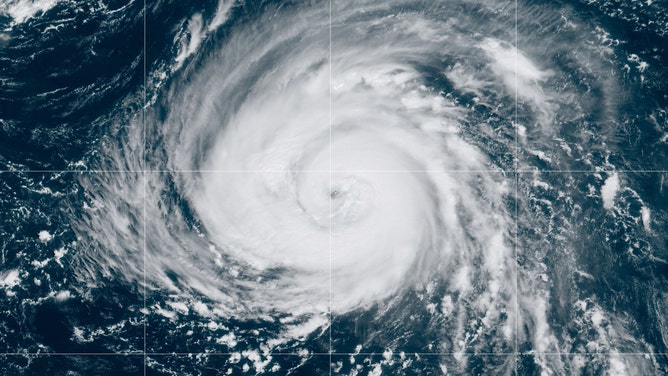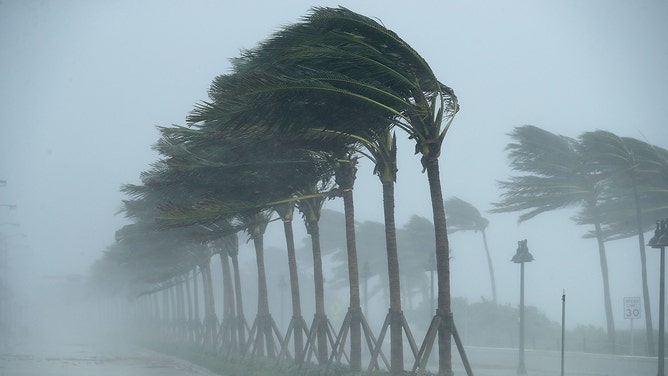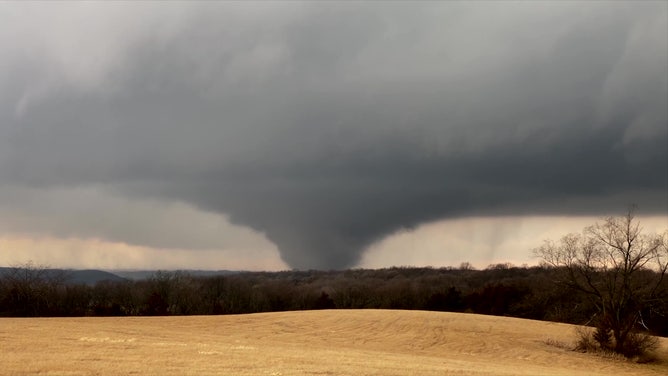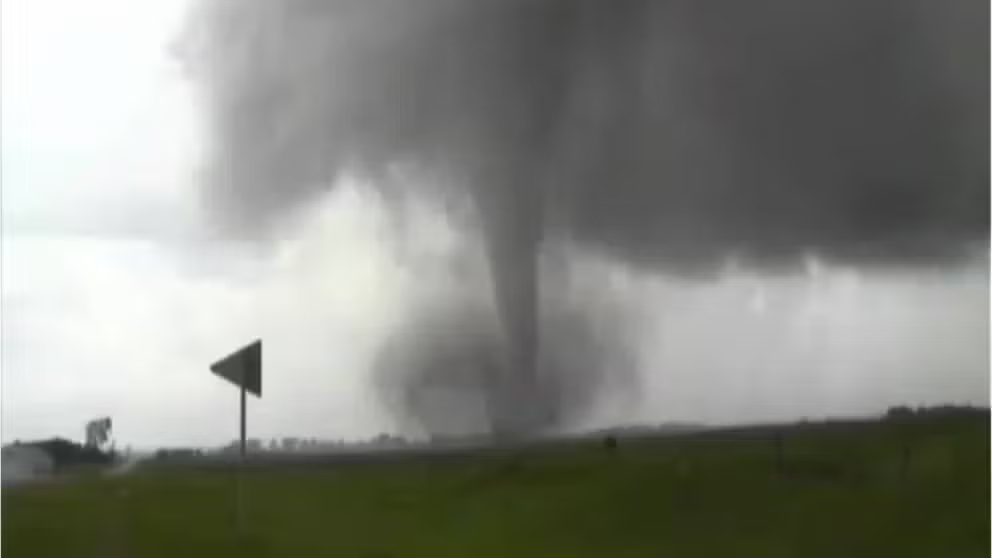What is wind shear?
The two types of wind shear are directional and speed. Shear can aid in thunderstorms and tornadoes, but often hurt the formation of hurricanes.
What is wind shear?
The two types of wind shear are directional and speed. Shear can aid in thunderstorms and tornadoes, but often hurt the formation of hurricanes.
Wind shear involves changes in wind speed and/or direction with height, according to the FOX Forecast Center, and there are two different kinds.
Directional wind shear happens when the wind moves in different directions in multiple layers of the atmosphere. Imagine a series of freeways crisscrossing over each other, sending traffic in different directions. This can be thought of the same way, but instead of vehicles, it's the wind direction that changes with height.
Speed wind shear, or speed shear, happens when the wind moves at different speeds in multiple layers of the atmosphere. Imagine a two-level bridge where cars move faster on one level and slower on the other. Again, instead of cars, the wind moves faster at different heights.
Wind shear and hurricanes

(NOAA)
Both directional and speed shear can severely impact the formation of hurricanes and severe weather. This is because changes in the speed and direction of the wind can help – or hurt – a critical component of hurricanes and severe weather formation: their vertical structure.
7 FACTS TO KNOW ABOUT HURRICANES
For a hurricane to form, the storm needs to have a strong vertical column of circulation. The column forms when strong thunderstorms form above a warm ocean surface, creating a cold environment above the ocean surface. This temperature difference causes air to move – or circulate – from the lower levels upward, creating a column of circulation.
Wind shear can cause this column of circulation to fall apart or topple over.
How wind shear can hurt the formation of hurricanes

Trees bend in the tropical storm wind along North Fort Lauderdale Beach Boulevard as Hurricane Irma hits the southern part of the state September 10, 2017, in Fort Lauderdale, Florida.
(Chip Somodevilla / Getty Images)
One example of directional wind shear would be wind in the lower half of the column moving west but wind in the top half of the column moving east. Because the two halves are moving away from each other, a strong column of circulation cannot form.
In an example involving speed shear, winds in the top and bottom halves of a column may both be moving west but are moving at different speeds. Because the two halves of the column are out of sync, a strong column of circulation won’t be able to form.
WHAT'S THE DIFFERENCE BETWEEN A TROPICAL DEPRESSION VS. TROPICAL STORM VS. HURRICANE?
Either way, wind shear may cause the column to "topple over," thereby causing the hurricane to fall apart.
How wind shear can help the formation of severe weather

EF-4 tornado approaches Winterset, Iowa on March 5, 2022.
(Adam O'Neil / PepperHarrow Farm)
On the flip side, wind shear can help the formation and life of severe weather, such as thunderstorms and tornadoes.
In thunderstorms, shear helps to tilt a storm and allows the air coming into the thunderstorm to sustain itself for a longer period of time, the NWS says.
Tornadoes may also be helped by wind shear. Tornadoes form by first being horizontal, rotating columns of air rolling along the ground. If wind shear is present, it can enhance this rotation and turn it upright, leading to the development of a tornado.
